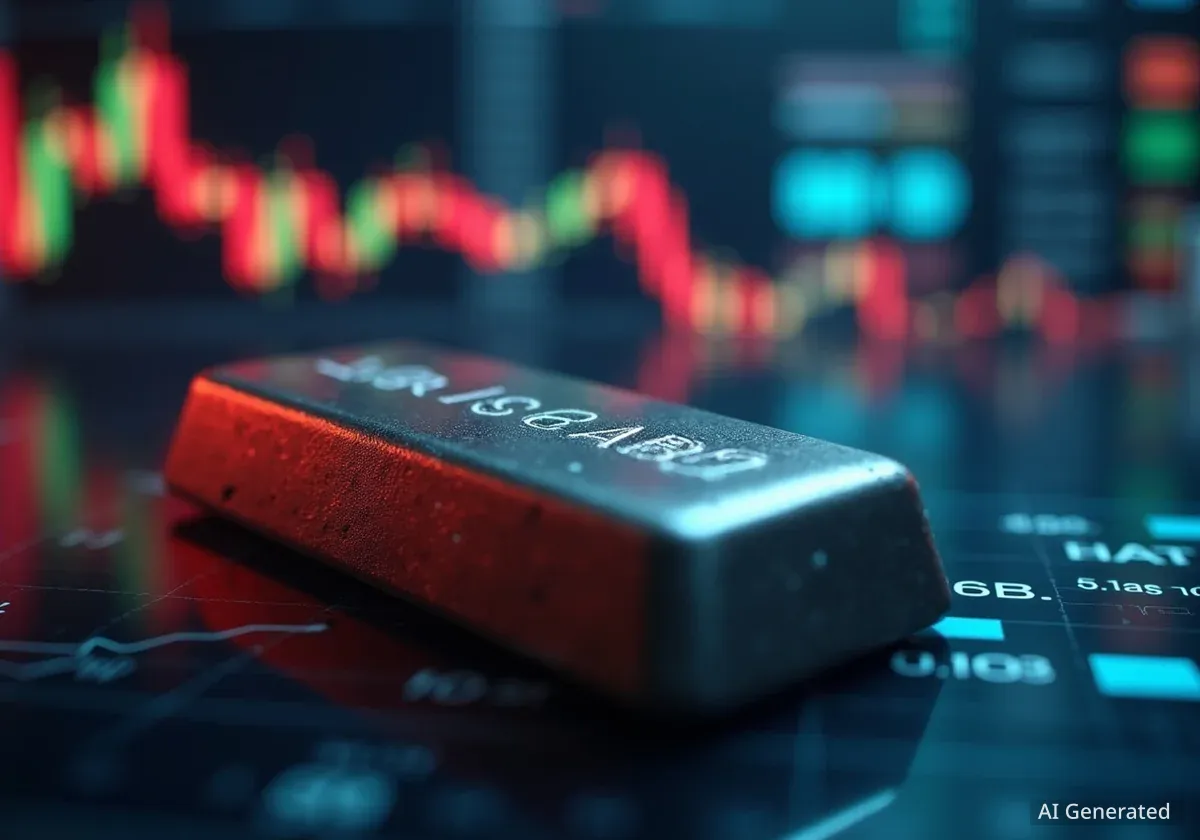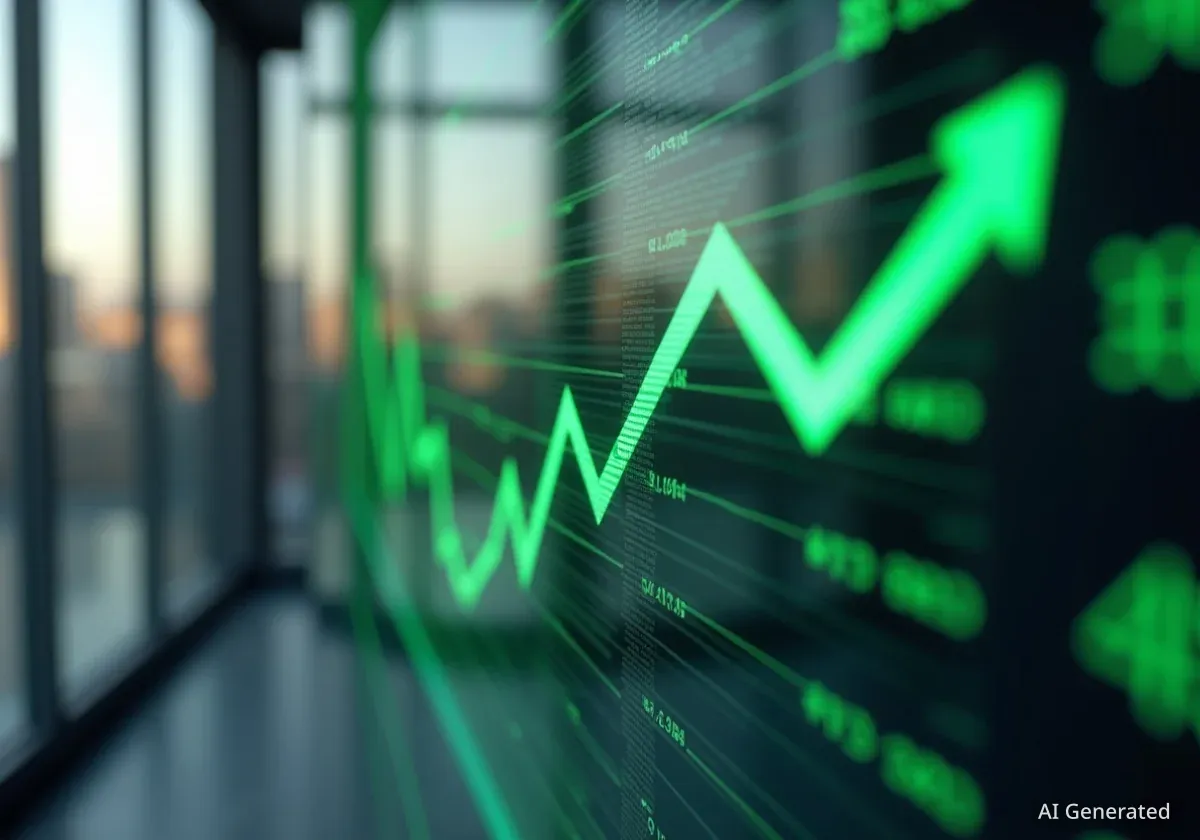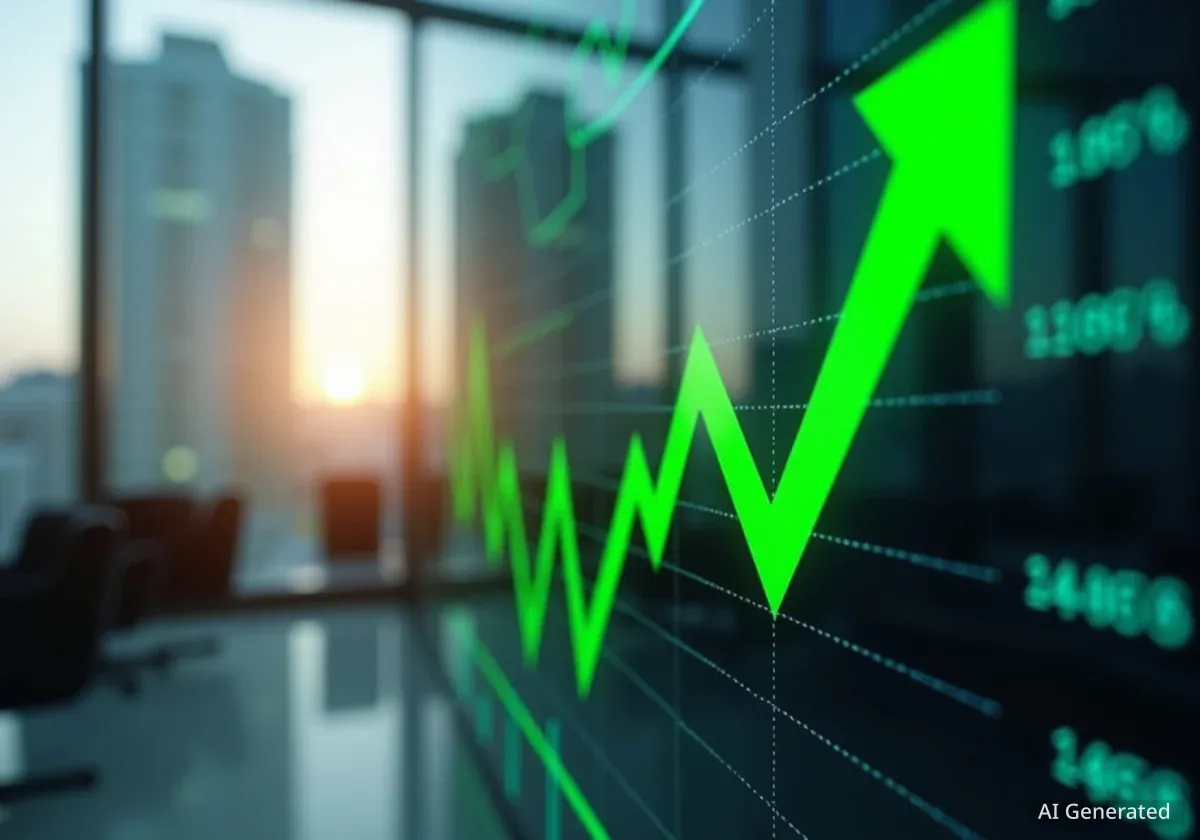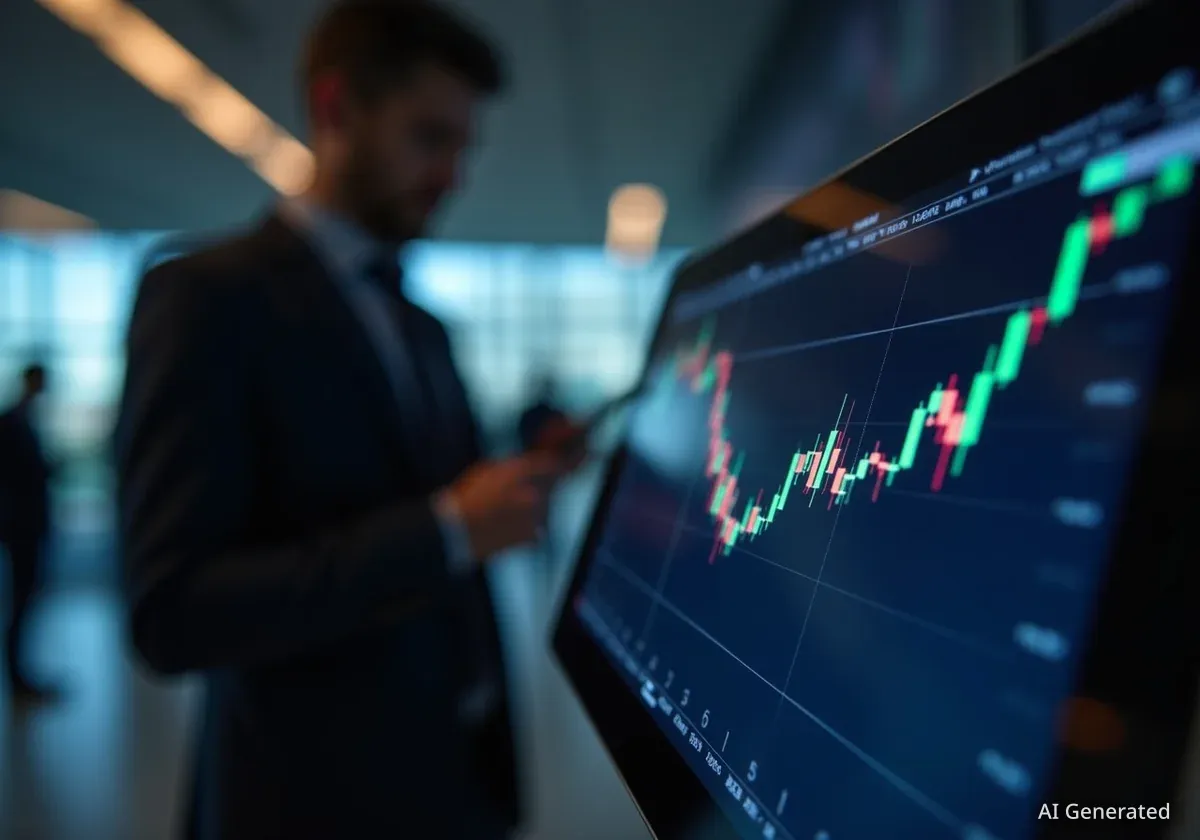Market analysts are closely monitoring silver as growing interest from retail investors and favorable macroeconomic conditions suggest a potential for significant price movements. Projections based on historical market patterns and the metal's relationship with gold have led some to forecast a surge, with price targets reaching as high as $100 per ounce.
This renewed focus on silver comes as precious metals continue to perform strongly in a broader bull market. Key factors, including the gold-to-silver ratio and potential shifts in the U.S. dollar's value, are contributing to the optimistic outlook for the industrial and monetary metal.
Key Takeaways
- Analysts note a growing wave of retail investor interest in silver, which could fuel significant price volatility.
- The gold-to-silver ratio, currently at historically high levels, is a key indicator suggesting silver may be undervalued relative to gold.
- Some market forecasts project a potential price target of $100 per ounce, which would place silver's total market valuation around $5 trillion.
- Anticipated weakness in the U.S. dollar is seen as a major tailwind for all commodities, including precious metals like silver and gold.
Retail Investor Interest Signals Market Shift
A noticeable trend is emerging in the precious metals market: a growing contingent of retail investors is turning its attention to silver. While gold has traditionally dominated headlines, silver is increasingly being viewed as a high-potential asset, particularly among individual investors seeking faster growth.
Market observers suggest that this trend is still in its early stages but shows signs of accelerating. The accessibility of silver through various investment vehicles, such as ETFs and physical bullion, makes it an attractive option for a broad range of market participants. This dynamic has the potential to introduce significant capital and volatility into the silver market.
The phenomenon is drawing comparisons to other retail-driven market events, where collective action by individual investors has led to sharp and unexpected price movements. If this momentum continues, the fear of missing out (FOMO) could become a powerful catalyst, driving prices higher as more investors join the trend.
The Gold-Silver Ratio as a Valuation Indicator
One of the most compelling arguments for a potential silver rally centers on the gold-to-silver ratio. This metric indicates how many ounces of silver are needed to purchase one ounce of gold. Historically, this ratio has fluctuated, but its current level is considered elevated by many analysts.
With the ratio recently hovering around 90:1, it suggests that silver is significantly undervalued compared to gold based on historical averages. For context, the ratio has been much lower in the past, and some analysts believe a reversion toward a range of 40:1 or 50:1 is plausible.
"It’s been a long time since silver was 8 to 1 with gold, but there is no reason it has to be priced at 90 to 1 instead of between 40 and 50," noted one commodities analyst, highlighting the potential for revaluation.
A narrowing of this ratio would imply that silver's price will rise at a faster rate than gold's. This valuation gap is a primary driver for investors who believe silver has more room for upward movement compared to its more expensive counterpart.
Understanding Market Fractals
Some technical analysis of silver's price action references the concept of fractals, a theory popularized by the late mathematician Benoit Mandelbrot. In financial markets, fractals are self-similar patterns that repeat across different time scales. Analysts who study these patterns believe that the same underlying market forces—driven by human behavior and economic cycles—create recurring chart formations. By identifying a current pattern that resembles a historical one, they attempt to forecast potential future price trajectories.
Analyzing the Path to $100 Silver
The projection of silver reaching $100 per ounce has become a significant talking point among investors. While ambitious, this target is increasingly discussed within the context of silver's current market capitalization and its relationship to other asset classes.
At $100 per ounce, the total value of all above-ground silver would be approximately $5 trillion. To put this figure into perspective:
- It is slightly more than the total market capitalization of the entire cryptocurrency sector at recent peaks.
- It is comparable to the combined market value of just two of the largest technology companies in the "Magnificent Seven."
This comparison suggests that while a $5 trillion valuation is substantial, it is not an unattainable figure within the scale of modern global financial markets. Proponents argue that a significant inflow of capital, driven by retail enthusiasm and institutional investment, could propel the market toward this valuation.
Silver Production by the Numbers
Global mining operations produce approximately 25,000 tonnes of silver annually. This is roughly eight times the amount of gold extracted from the earth each year. Despite its relative abundance in terms of production, silver's dual role as both an industrial and a monetary metal creates complex supply and demand dynamics that influence its price.
Macroeconomic Factors and the U.S. Dollar
Beyond retail interest and technical analysis, the broader macroeconomic environment plays a crucial role in the outlook for precious metals. A primary factor is the anticipated trajectory of the U.S. dollar. Many economists and market strategists predict a period of dollar weakness in the coming years due to fiscal policies and shifting global trade dynamics.
Commodities, including silver and gold, are priced in U.S. dollars. Consequently, a decline in the dollar's value typically leads to a rise in commodity prices, as it takes more dollars to purchase the same amount of the asset. This inverse relationship provides a powerful tailwind for precious metals, independent of their specific supply and demand fundamentals.
As long as gold remains in a sustained uptrend, it is expected to pull silver along with it. The combination of a strong gold market, a potentially weaker dollar, and growing investor interest creates a supportive environment for silver. Until these underlying conditions change, silver is likely to remain a key focus for investors looking for growth in the commodities sector.





